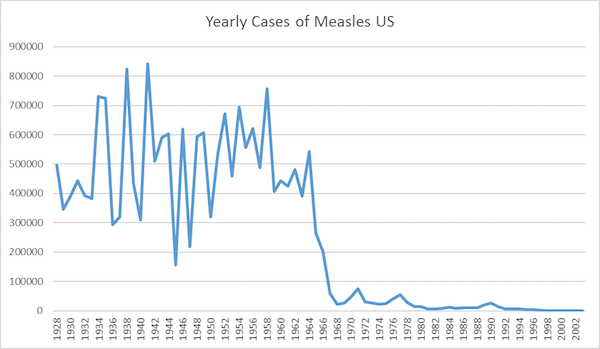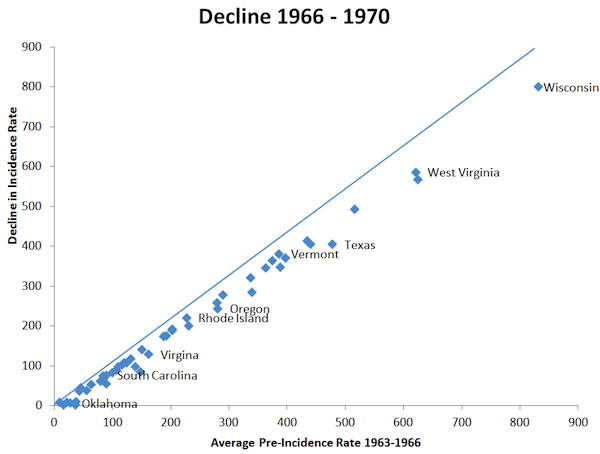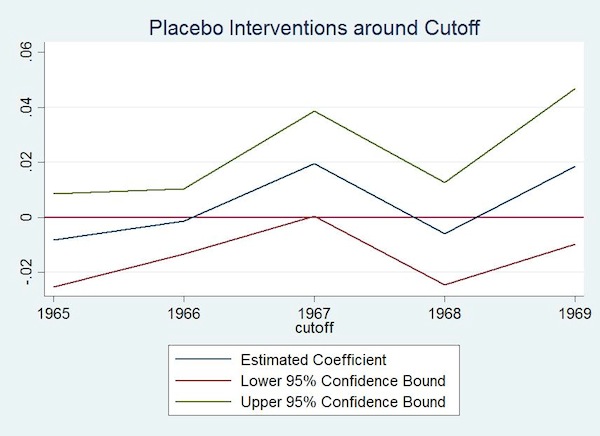Recently, some European countries, including Spain, have considered introducing new taxes to reduce their budget deficits. Among the set of measures, they have proposed a fat tax, which has the aims of not only increasing revenues, but also reducing junk food consumption, and thereby obesity rates and the concomitant health costs.
Although this is what we expect from the theory, empirical evidence is revelatory of a different picture. Firstly, the tax is not fully reflected in the prices of the products that have been targeted. In fact, in the countries where the tax has been imposed, supermarkets and other food stores have played with prices and margins of other products in an attempt to avoid raising the prices of the products that are subject to taxation. For example, some firms have increased the prices of substitutes (e.g. sodas with low calories) while spreading the higher cost of taxed food onto other foods or own-branded products that typically have higher profit margins. Another interesting reaction from the supply side has been that producers have been substituting those taxed products with un-taxed products that are just as unhealthy. Additionally, they have also reduced the amount of some inputs below the legal threshold to avoid the fat tax. Ostensibly, these tricks have clearly diminished the effectiveness of the tax.
On the demand side, we have also seen interesting reactions. Firstly, it is important to notice that people who consume more junk food are less responsive to a price increase than moderate consumers. Hence, the fat tax is not actually benefiting its most important target audience. Furthermore, there is an important substitution effect as all products have, on the whole, become more expensive, consumers have switched to cheaper goods of lower quality.
According to different studies, the impact of the fat tax has not achieved its desired outcomes, and there has not been a significant reduction in obesity rates. Therefore, although some studies claim that what is needed is a higher tax of at least 20% to lead to a sizeable decrease in obesity rates, it is unlikely that this policy alone would be effective enough. Moreover, it is a highly regressive tax because poor people are spending more on less healthy foods. In view of this, we should instead study the introduction of other interventions such as heathy food subsidies, campaigns promoting a healthy diet, health education at school to try to curb obesity through moral suasion from an early age and , albeit a very unpopular one, taxing people according to their body mass index.
References:
Leicester and F. Windmeijer. The ‘fat tax’: economic incentives to reduce obesity. Institute for Fiscal Studies
ECORYS (2014). Food taxes and their impact on competitiveness in the agri-food sector. ECSIP
Frank, S.M. Grandi and M.J. Eisenberg (2013). Taxing junk food to counter obesity. American Journal of Public Heath
Cornelsen, R. Green, A. Dangour and R. Smith (2014). Why fat taxes won’t make us thin. Journal of Public Health.




